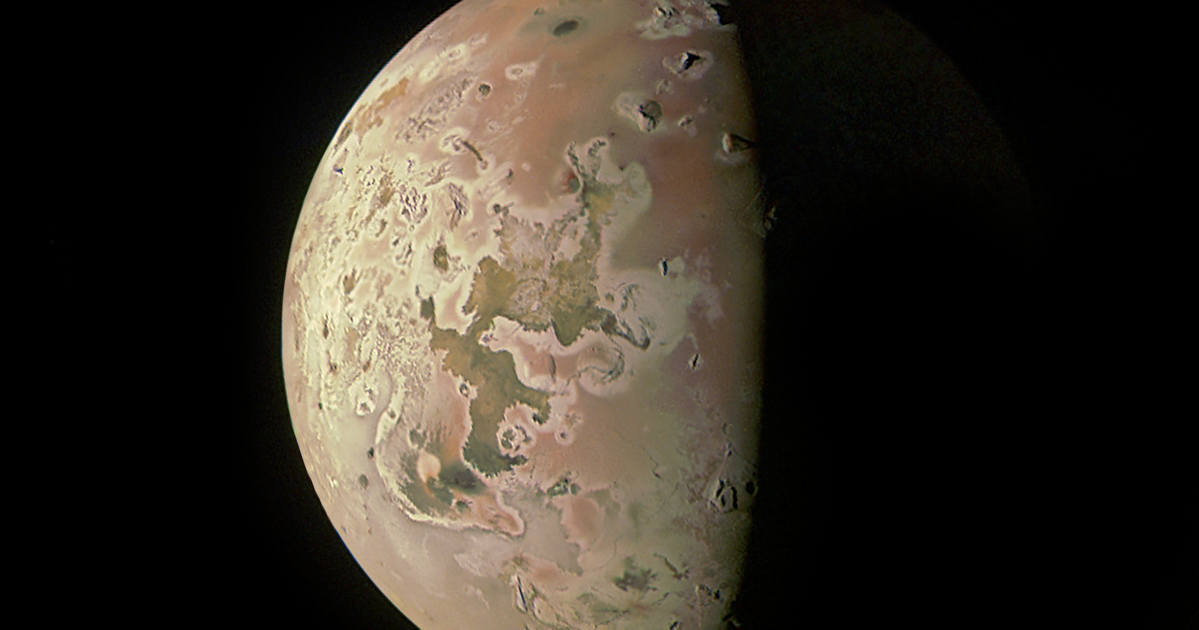The space agency has promised that more images will arrive beyond the black-and-white image, but many new images are unlikely to be available because the ship's camera has been damaged by radiation.
and about Forbes It also reported that the bus-sized spacecraft has been orbiting Jupiter and its three moons, Titan, Ganymede and Io, since 2016.
Burning moon
Scientists believe that beneath the rocky surface of Io there are vast seas of lava. It is no coincidence that it is called the most volcanic celestial body in our solar system. The eruptions and volcanic processes occurring on its surface are far greater than anything witnessed by man on Earth.
Now, on December 30, Juno has come incredibly close to the surface of the volcanic orb.
He was only 1,500 kilometers away from the raging world of Io. By comparison, this distance is the same as the shortest car trip from Budapest to Paris, which even according to Google's calculations, a person can drive in about 14 hours.
The last time a NASA ship was able to get this close to the moon was at the turn of the millennium, when the Galileo spacecraft took pictures of the celestial body. The current images, one of which was published on the space agency's Channel X, were taken by the ship's camera from a distance of 2,500 kilometers.
Although the image itself is black and white, thanks to the light reflected from Jupiter, you can also see the surface of Io's dark side if you look closely. According to NASA, Juno's camera has suffered radiation damage, so it probably won't be able to take any more images. However, the space agency has promised to share more images of the mission online, some of which are already available on its official website.














































